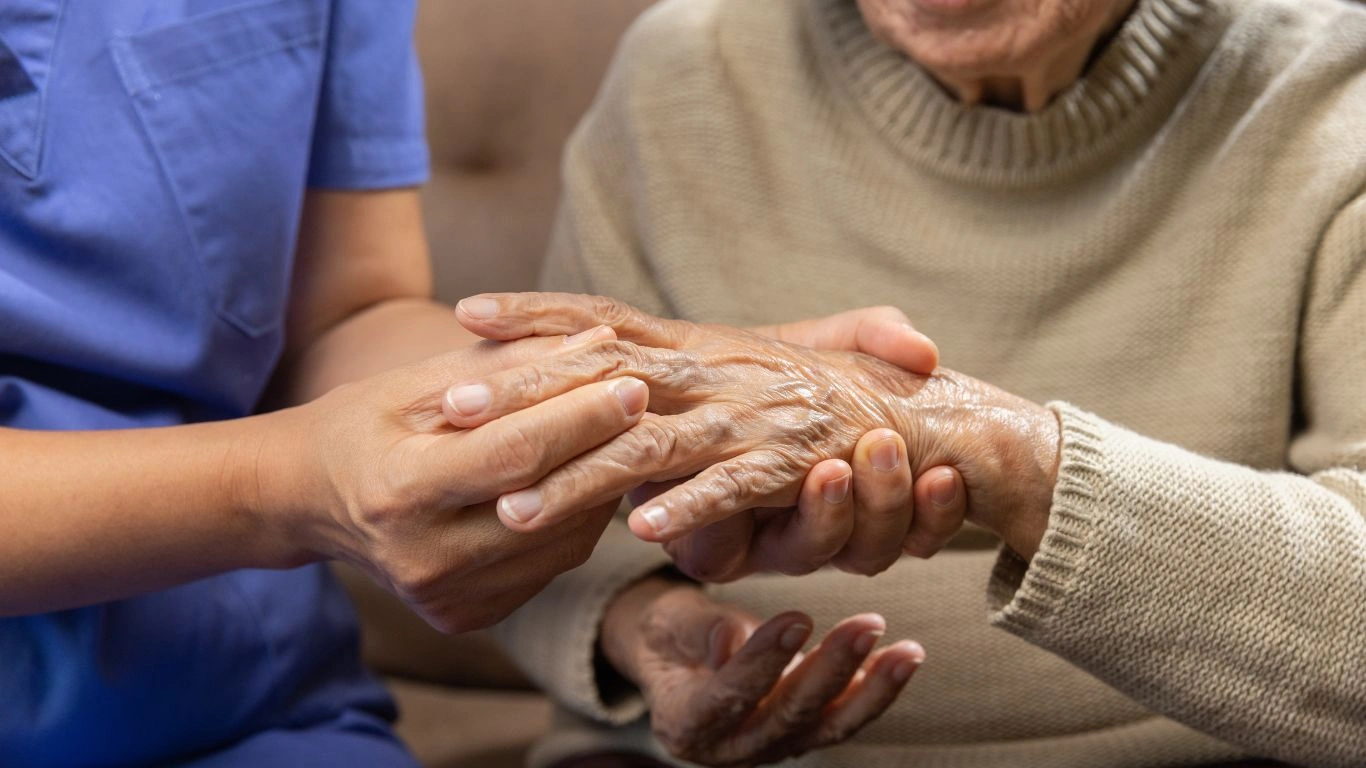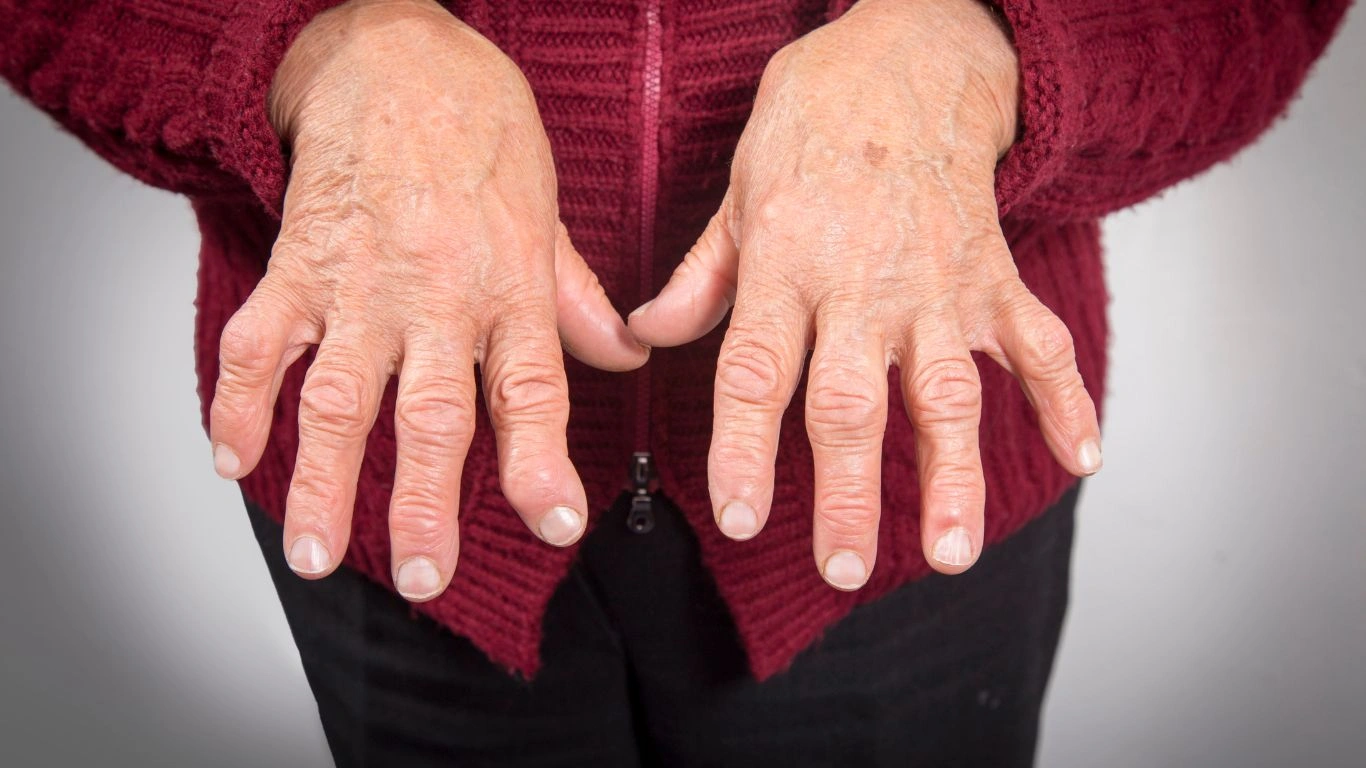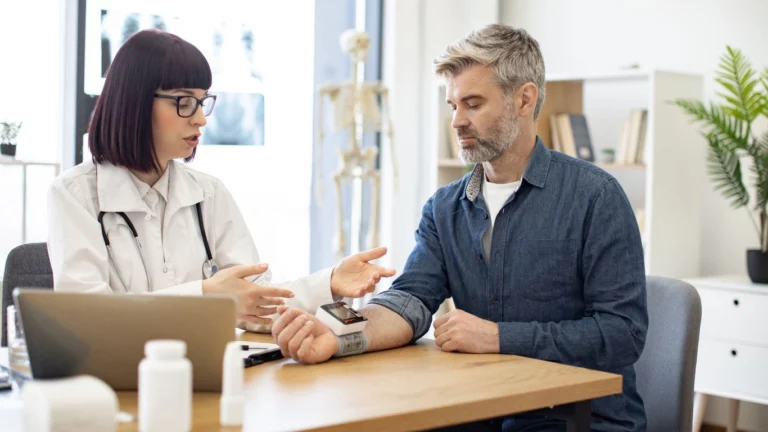How RA and Walking Limitations Impact Your Daily Mobility
If you’ve been living with rheumatoid arthritis (RA), you probably know firsthand how frustrating it can be when something as simple as walking becomes a challenge. RA and walking limitations often go hand in hand, and understanding why this happens can make a big difference in managing daily life. From my years as a rheumatology nurse practitioner, I’ve seen countless patients struggle with this exact issue, and I want to share some insights that can hopefully shed light on what’s going on—and what you can do about it.
Why Does RA Affect Walking?

Rheumatoid arthritis is an autoimmune condition where your immune system mistakenly attacks your joints, causing inflammation, swelling, and eventually damage. While RA is often talked about in relation to hand and wrist pain, the joints in your feet and knees can be just as affected—and those joints are essential for walking.
The pain and stiffness from inflamed joints in your feet, ankles, and knees can make every step feel like a challenge. It’s not just about pain, either—when joints are swollen or damaged, your range of motion decreases. That stiffness can make it harder to lift your foot, bend your knee, or maintain balance, all of which are crucial for walking smoothly.
Common Walking Limitations in RA
Based on my clinical experience, here are some walking-related difficulties many people with RA face:
- Reduced stride length: Pain and stiffness cause you to take smaller steps.
- Balance problems: Swollen joints can impair proprioception, making you more prone to falls.
- Fatigue: Chronic inflammation often leads to overall tiredness, affecting your walking endurance.
- Joint deformities: Over time, joint damage may cause visible deformities that change your gait.
- Muscle weakness: Disuse and inflammation weaken surrounding muscles that support walking.
I’ve often advised patients that acknowledging these challenges isn’t about giving up; it’s about understanding the limits your body is signaling and working with them to improve function and comfort.
How RA Changes Your Gait and Mobility

One of the most noticeable effects of RA on walking is how it changes your gait—the way you walk. When joints in your feet or knees hurt or feel unstable, your body instinctively adjusts to avoid pain or prevent falls. This often results in an altered walking pattern that can strain other parts of your body.
For example, you might notice that you favor one leg over the other, or you drag your feet instead of lifting them. These changes might seem subtle but can lead to secondary problems like hip or back pain. I’ve seen many patients who, without realizing it, develop new aches just from compensating for their RA symptoms during walking.
Signs Your RA Is Affecting Your Walking
- Persistent joint pain in your knees, ankles, or feet during or after walking.
- Noticeable limp or uneven step patterns.
- Increased stiffness that lasts beyond the morning or after rest.
- Frequent loss of balance or a feeling of instability on your feet.
- Swelling or warmth around your lower limb joints.
If you’re spotting these signs, it’s important not to ignore them. Early intervention can help prevent further joint damage and improve your ability to move comfortably.
Practical Strategies to Manage RA and Walking Limitations

Living with RA and walking limitations can feel overwhelming, but from my experience as a rheumatology nurse practitioner, there are many practical steps you can take to improve your mobility and ease discomfort. It’s all about finding what works best for you, because RA affects everyone differently. Here are some tried-and-true strategies I often share with patients that really make a difference.
Optimize Your Medication and Treatment Plan
First and foremost, keeping your RA well-controlled with the right medication is crucial. Disease-modifying antirheumatic drugs (DMARDs), biologics, and corticosteroids can help reduce inflammation, which in turn lessens joint pain and stiffness. When inflammation is under control, walking becomes easier. From my time in clinic, I’ve noticed that patients who stay consistent with their treatment often report fewer walking difficulties.
But don’t hesitate to speak up if you’re still struggling with walking despite medication. Sometimes, adjusting doses or adding supportive therapies like physical or occupational therapy can provide that extra boost.
Incorporate Physical Therapy and Exercise

Exercise might sound like the last thing you want to do when your joints hurt, but trust me, gentle movement can be a game changer. Physical therapy tailored to your needs can strengthen muscles around affected joints, improve flexibility, and help maintain joint function—all of which support better walking.
In my practice, I often recommend low-impact exercises such as swimming, stationary cycling, or yoga. These activities help maintain cardiovascular health and muscle strength without putting too much stress on your joints. Walking itself, when done carefully, can also be a great form of exercise to build endurance.
Use Assistive Devices When Needed
There’s absolutely no shame in using assistive devices. In fact, they can make a huge difference in managing walking limitations safely and comfortably. Canes, walkers, or orthotic shoe inserts can reduce joint stress and improve balance. I’ve seen patients regain confidence in their mobility just by incorporating these tools into their daily routine.
If you’re unsure about which device might suit you best, a consultation with a physical therapist or orthotist can be invaluable. They can recommend options based on your unique challenges and lifestyle.
Tips for Protecting Your Joints While Walking

Protecting your joints is essential when dealing with RA and walking limitations. Overuse or improper movement can worsen inflammation and damage. Here are some practical tips I share with patients to keep joints happy during your daily steps:
- Choose the right shoes: Look for cushioned, supportive footwear with a wide toe box to avoid pressure on inflamed joints.
- Warm up before walking: Gentle stretching or a slow start can reduce stiffness and prepare your joints for movement.
- Take breaks: Don’t push yourself too hard. Short, frequent walks with rest in between are often better than long, exhausting sessions.
- Use proper walking technique: Aim for even weight distribution and avoid limping, which can cause additional strain.
- Mind your pace: Walking at a comfortable speed helps maintain balance and reduces joint stress.
In clinic, I’ve coached many patients through simple changes like switching to more supportive shoes or adjusting their walking routines, and the improvement in their comfort and confidence has been inspiring.
Addressing Fatigue and Pain
RA-related fatigue often flies under the radar but can have a big impact on your ability to walk. When inflammation is high, your body’s energy reserves take a hit, making every step feel heavier. Managing fatigue is just as important as controlling pain.
To help, I suggest pacing yourself and listening closely to your body’s signals. Planning activities around your “good” times of day, prioritizing rest, and practicing relaxation techniques can all help conserve energy for walking and other daily tasks.
Also, don’t forget about pain management options beyond medication. Heat therapy, such as warm baths or heating pads, can soothe stiff joints before walking. Conversely, cold packs can reduce swelling after activity.
Building Long-Term Mobility with RA and Walking Limitations

Living with rheumatoid arthritis means adapting to the ups and downs of symptoms, especially when it comes to walking. Over the years, I’ve learned that the key to maintaining mobility isn’t just about short-term fixes—it’s about building habits and strategies that support your joints and muscles over the long haul. This is where patience, persistence, and a good support system come into play.
One thing I always tell my patients is to set realistic goals. Maybe it’s walking a little farther around the block, or being able to stand steadily without discomfort. Celebrating small wins matters because it keeps you motivated, and trust me, even small progress adds up over time.
The Role of Lifestyle Adjustments
Lifestyle tweaks can feel minor but have a surprisingly big impact on walking limitations caused by RA. For instance, maintaining a healthy weight can reduce pressure on your joints. I’ve seen patients who lost just a few pounds experience noticeably less knee and foot pain when walking. It’s a simple thing but often overlooked.
Nutrition also plays a role. A diet rich in anti-inflammatory foods—think colorful fruits and veggies, omega-3 rich fish, and whole grains—can help keep inflammation in check. While diet won’t cure RA, it’s a helpful piece of the puzzle when combined with medical treatment.
And don’t underestimate the power of sleep. When your body gets good rest, it’s better equipped to repair and handle daily stress, including the wear and tear of walking.
Embracing Support Networks and Professional Help

One of the most rewarding parts of my job has been watching how a strong support system can lift someone with RA. Whether it’s family, friends, or a local arthritis support group, sharing experiences helps reduce the feeling of isolation that often comes with chronic illness. Plus, you’ll pick up tips and encouragement from people who really get what you’re going through.
Don’t hesitate to lean on your healthcare team, too. Regular check-ins with your rheumatologist, physical therapist, or nurse practitioner can help catch new issues early before they impact your walking more severely. They can also adjust your treatment plan as your needs change.
If mobility becomes increasingly difficult, discussing options like assistive technology or even surgical interventions might be necessary. In my experience, timely conversations about these possibilities can open doors to better quality of life, not just last resorts.
When to Seek Medical Attention for Walking Difficulties
Knowing when to reach out for medical help can save you from unnecessary setbacks. Here are some signs I emphasize to patients that mean it’s time to see your provider sooner rather than later:
- Sudden or severe joint pain that doesn’t improve with rest or medication.
- Rapid swelling or redness around your feet or knees.
- New or worsening numbness, tingling, or weakness in your legs or feet.
- Significant changes in walking ability, such as falling frequently or inability to bear weight.
- Signs of infection like fever combined with joint pain or swelling.
Prompt attention to these symptoms can prevent complications and help keep your walking on track.
Final Thoughts on RA and Walking Limitations
From my time working closely with people living with RA, I can say that walking limitations are a very real challenge—but they aren’t an end point. By combining effective treatment, physical care, smart lifestyle choices, and a good support system, you can maintain mobility and a quality of life that’s fulfilling.
Remember, each step forward—no matter how small—is progress. Don’t hesitate to reach out for help and advocate for yourself; your journey with RA is unique, and there’s always room to adapt and thrive.
References
Disclaimer
This article is intended for informational purposes only and does not substitute professional medical advice, diagnosis, or treatment. Always consult your healthcare provider with any questions you may have regarding your medical condition or treatment options.

Tarra Nugroho is a dedicated Nurse Practitioner with a strong foundation in family and preventive care. She brings both compassion and clinical expertise to her practice, focusing on patient-centered care and health education. As a contributor to Healthusias.com, Tarra translates medical knowledge into clear, empowering articles on topics like women’s health, chronic disease management, and lifestyle medicine. Her mission is simple: help people feel seen, heard, and informed—both in the clinic and through the content she creates. When she’s not caring for patients, Tarra enjoys weekend hikes, plant-based cooking, and curling up with a good health podcast.






